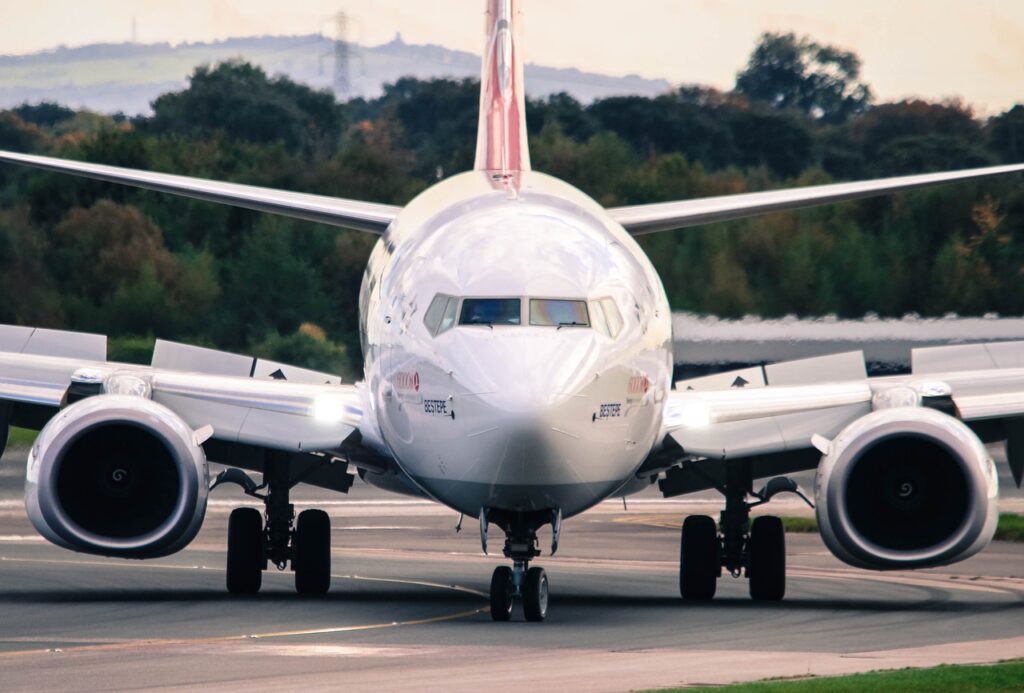Aside from the similarity with that immortal opening line from “Star Trek”, one could argue that the dire need for skills within the aviation industry remains its biggest challenge, more so perhaps than the development of scalable, sustainable aviation fuel (SAF).
In the first of a series of articles looking at the global skills landscape, Airmen Technical Services considers the situation within the North American market.
For context, it is necessary to wind the clock back to 2001 and the terrible events of 9/11, the repercussions of which are still being felt in aviation across the USA and beyond.
Following the terrorist attacks, many domestic and international airlines went through bankruptcy proceedings and thousands of professionals left the industry. Those who remained suffered significant wage and benefit cuts as carriers struggled to get airborne again. From outside, aviation plummeted as a desirable career choice amongst young people, who viewed it as a risky option. A lot of flight training schools and programmes also started to fail or began marketing the A&P certification to other industries.
Prior to 9/11, the Airframe and Powerplant (A&P) certificate was more or less confined to the airline industry. But afterwards, A&P schools needed to find places for their students and began pitching graduates to building trades, energy companies, hospitals, and elevator constructors, among others. These other sectors were, unsurprisingly, more than happy to capitalise on the availability of highly qualified technicians and mechanics, to the detriment of aviation.
A spokesman for the Aircraft Mechanics Fraternal Association (AMFA), an independent labour union representing maintenance technicians across the United States, commented:
“The education and skillset that an aircraft mechanic possesses is one that is translatable and desired by other industries. Our educational partners tell us that graduating mechanics have been offered positions with theme parks, hospitals, and emerging technologies like commercial space and unmanned aircraft systems, to name a few.”
By 2016, an estimated 20 percent of all newly-educated A&P graduates in the US took jobs outside of aviation, according to the Aviation Technician Education Council (ATEC).
Fast forward four years and the impact of the COVID-19 pandemic represented one of the most devastating blows to aviation since the Wright brothers first took off in 1903.
Every continent of the world was forced to ground aircraft and the impact on the workforce was nothing short of catastrophic. A 2021 study by Oxford Economics, reported in the Financial Times, showed that following the pandemic, 2.3 million jobs were lost across airlines, airports and civil aerospace groups, which equated to around a fifth (21%) of the pre-pandemic employee total.
Since that time, there has been a further drain of experienced employees from the aviation sector, however, as many employees returned to significantly lower salaries, due to carriers’ ongoing uncertainty regarding future revenues. As global economies struggled with the challenges of other issues, the conflict in Ukraine being a major one, which sent costs spiralling for materials and energy, aviation professionals had to look for work elsewhere that paid more. Simply put, a career in aviation was not appealing to new entrants.
Having said that, the industry has bounced back quicker than many commentators had previously surmised. According to aviation market intelligence company, IBA, global airline Revenue Passenger Kilometres (RPKs) will pass the 9 trillion mark for the first time ever in 2024. This represents a 4.2% increase on the previous record of 8.6 trillion RPKs in 2019.
Cirium, a leading source of global aviation analytics, highlights that the number of active aircraft globally now exceeds pre-pandemic levels. Whilst its short-term Fleet Forecast to 2027 predicts a 5% drop in deliveries due to ongoing supply chain issues, it predicts a positive future outlook for the global commercial passenger and freighter aircraft market. The independent forecast predicts that almost 46,000 aircraft will be delivered over the next 20 years, equating to a total value of $3.3 trillion, as airlines continue to invest in newer and more sustainable aircraft.
Added to the demand for Airbus and Boeing manufactured airframes, unprecedented innovation across the aviation sector, including much vaunted and heavily financed technologies such as commercial eVTOL aircraft (electric vertical take-off and landing) have increased the need for technicians and engineers at an accelerated rate.
In its commercial Pilot and Technician Outlook for the 20-year period between 2022 and 2041, Boeing said the global industry needed to recruit, train, and hire 610,000 new maintenance technicians. ATEC stated that by 2027, the shortage gap will be around 43,000, which is 27% of the total aviation maintenance workforce in the US. A separate report states that 80% of the existing workforce is set to retire in the next five to six years, and 27% of all FAA-certified Airframe and Propulsion (A&P) mechanics are at least 64 years of age. These forecasts highlight the global challenge and call for industry-wide action to address the shortfall.
As part of its to combat this situation, the FAA (Federal Aviation Authority) recently awarded $13.5 million to 32 academic institutions to attract students to aircraft maintenance. Grant recipients can fund educational programs that offer scholarships or apprenticeships that focus on promoting careers in aviation maintenance, especially those in economically disadvantaged areas.
On a recent investor call speaking about the challenges of hiring, Raytheon’s CEO, Greg Hayes, put it bluntly: “This does not get solved this year. I think the only thing that’s going to solve labour availability is a slowdown in the US economy because right now, there simply aren’t enough people in the workforce for all of our suppliers.”
Unlike many other industries where employees have the flexibility of remote working, aircraft maintenance personnel need to work in all temperatures and weather. It’s physically demanding with unsociable hours.
It follows that if there is a shortage of workers, the ones who are present are under pressure to fill gaps and work even more, because a company with too few mechanics certainly doesn’t want existing staff to work fewer hours.
With strong demand for consumer air travel, it seems rational that companies should increase wages, but many industry observers believe that the pent-up demand driving this growth now could cool off. Therefore, a looming recession may choke off this demand, leaving MRO providers who suddenly increased wages with the prospect of becoming unprofitable.
So, what’s the solution?
According to Adam Dowling, founder of Airmen Technical Services, there is no silver bullet but fundamentally, there needs to be a reset in the way that aircraft mechanics and technicians are recognised across the aviation industry.
“Just like pilots, these are highly skilled individuals and without them, aircraft simply don’t get off the ground. They are the bedrock for safe and reliable aviation, both in the commercial and military space. However, for too long, their importance to the sector has been under-valued. The launch of the Airmen network gives us an opportunity to improve the worth and rewards of this talented group.”
Following a 25-year career in aviation personnel management and recruitment, Dowling believes that aerospace companies need to upgrade the employee experience in order to attract new talent. This, he says, means improved flexibility, better use of technology, and ultimately, higher salaries:
“The long and short of it is that money talks but so does the pastoral care of that employee. He or she needs to feel appreciated and recognised for the critical importance of their contribution.”
Airmen Technical Services is a specialist consultancy and brokerage of high calibre expertise in maintenance, repair, and modifications of fixed wing and rotary aircraft, utilising a global network of professional organisations and highly skilled freelance engineers, collectively known as the ‘Airmen’.
If you are a qualified aircraft maintenance engineer who is interested in joining the Airmen network, click HERE



